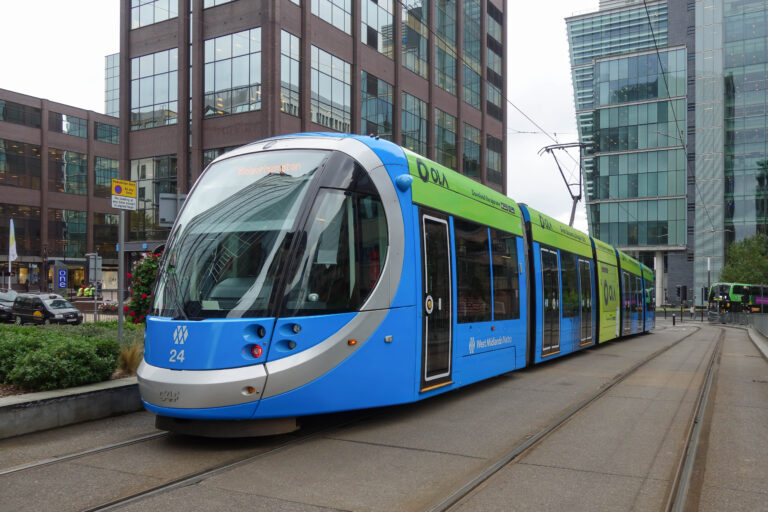Amid the need to prioritise a pandemic response and having run into opposition from the Conservative local government contingent, reports are circulating that MHCLG’s anticipated devolution white paper has been stalled – once again leaving reform of local and regional government structures up in the air.
As policymakers appear pause their plans – and decide whether taking on the Tory shires is worth it in the fight for single tier authorities across the country – could the East of England patchwork point the way towards what a more flexible and geographically responsive devolution settlement might look like?
Patchwork is most definitely the correct term for the sub-national structures that have sprung up across the East of England, in part as a consequence of the region being a relatively diverse and dispersed area that is home to a number of economically important cities (Chelmsford, Cambridge and Norwich to name a few) rather than coalescing around one single central city or hub. This is no bad thing.
As such, we see the region home to a Combined Authority (in Cambridgeshire & Peterborough), a number of LEPs, a range of corridors and other voluntary groupings of authorities as well as government-backed Growth Boards and Arcs.
I should, of declare, an interest in this – in that we provide policy and communications support to the UK Innovation Corridor (the country’s leading sci-tech region) – so may have a slight bias. However, the flexibility, innovation and ability to prioritise specific sectors and policy objectives that is facilitated by these diverse structures should factor into government thinking as it considers a plan for broader devolution across England.
The key point here is the wide variation of organisations that exist. The South East LEP differs from its Norfolk & Suffolk counterpart – the New Anglia LEP – with the former having a more federated structure. In turn, both differ from the Cambridgeshire & Peterborough Combined Authority. Whilst the Association of South Essex Local Authorities may have long term ambitions to become a Combined Authority, its more informal current structure hasn’t hindered it in setting out ambitious plans to deliver growth for that particular sub-region of the East of England. More widely, voluntary groupings such as the UK Innovation Corridor and Cambridge Norwich Tech Corridor have done much raise the profile of the life sciences and knowledge economies within their localities, respectively, and are proving critical in attracting inward investment into the region.
This patchwork of bodies can be to the East of England’s advantage and certainly works to ensure regional governance reflects genuine economic geographies and communities – which will be increasingly critical in driving forward ‘levelling-up’ ambitions. Of course, at times it may get slightly messy and there will always be the need for bodies to cooperate and work together, but as government pauses before taking forward broader devolution plans the East of England experience points to the need to avoid a ‘one-size-fits-all’ approach. It should be given due consideration.





